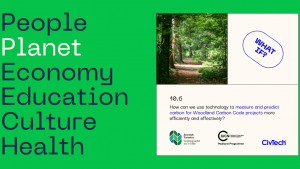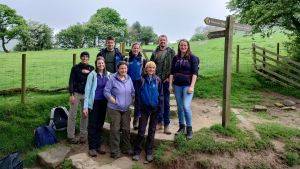How well did your last conservation project go? What were the lessons that you learned? And who did you share those lessons with? We all know that it can be hard to test how well your project worked, but the Conservation Evidence workshop at BogFest this year showed that even simple studies can reveal a lot – and that it is crucial to share these findings with other conservationists.
So if you have a desk drawer or hard drive full of data, or are starting a new project and are able to test its impact, then consider writing up the results for the Conservation Evidence journal. This is a practitioner-focussed journal that can be found online at http://www.conservationevidence.com/collection/view, where conservationists can publish their research without the cost and hassle of scientific publishing. It is free to publish, and open access so that anyone can read the results. All you have to do is test a conservation intervention, monitor it quantitatively, and write up the methods and results in an article as short as one page.
So get typing - together, we can make conservation more effective! For more information, contact Claire Wordley at cfw41@cam.ac.uk.










